Not every plant in your garden is doing you favors. While many look beautiful or seem harmless, some of the most common garden plants can quietly attract pests, harbor disease, or even choke out your other plants. And the worst part? Most gardeners have no idea they’re planting their own problems.
But it’s not all bad news. For every troublemaker in the garden, there’s a hardworking plant ally that does the opposite — repelling bugs, balancing soil, or keeping invasive species in check. These plants do more than survive; they protect everything around them.
In this list, we’ll show you 16 popular plants that could be causing more harm than good — and 4 powerhouse alternatives that actually help your garden thrive. If you’ve ever dealt with mysterious problems in an otherwise healthy bed, you might finally find the answer here.
Oleander
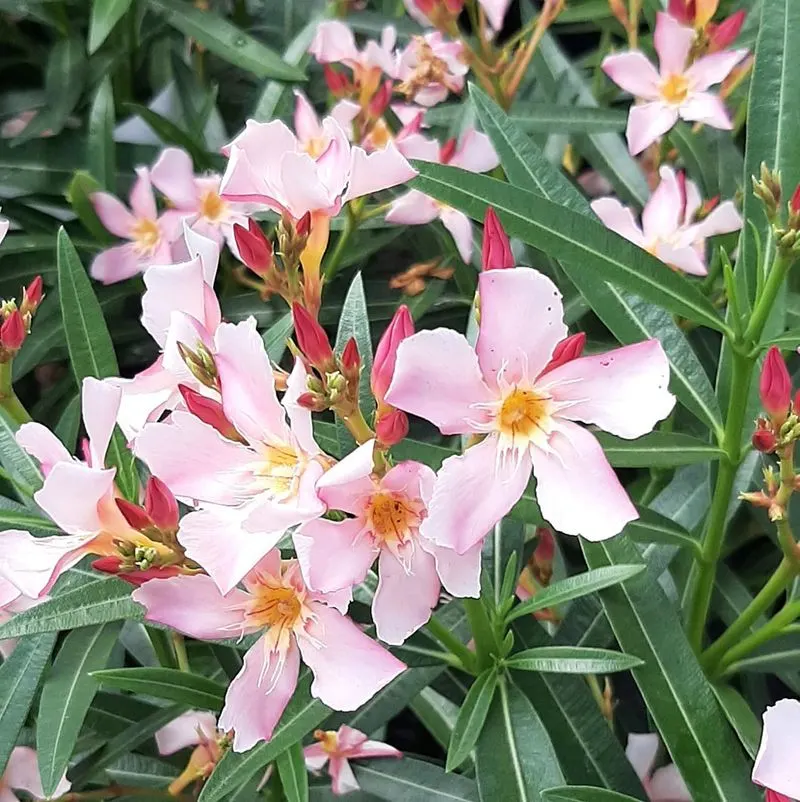
Known for its vibrant beauty, the oleander might be a visual delight, but its charm conceals a notorious side. Every part of this plant is highly toxic, posing significant risks to both pets and humans. Its poison isn’t the only concern; oleander also demands careful handling and isolation from curious children and animals. The stunning blossoms come with a price, turning the appealing plant into a garden hazard if not managed with care. Despite its elegance, those in the know often steer clear, aware of the potential danger that lurks within its petals.
English Ivy
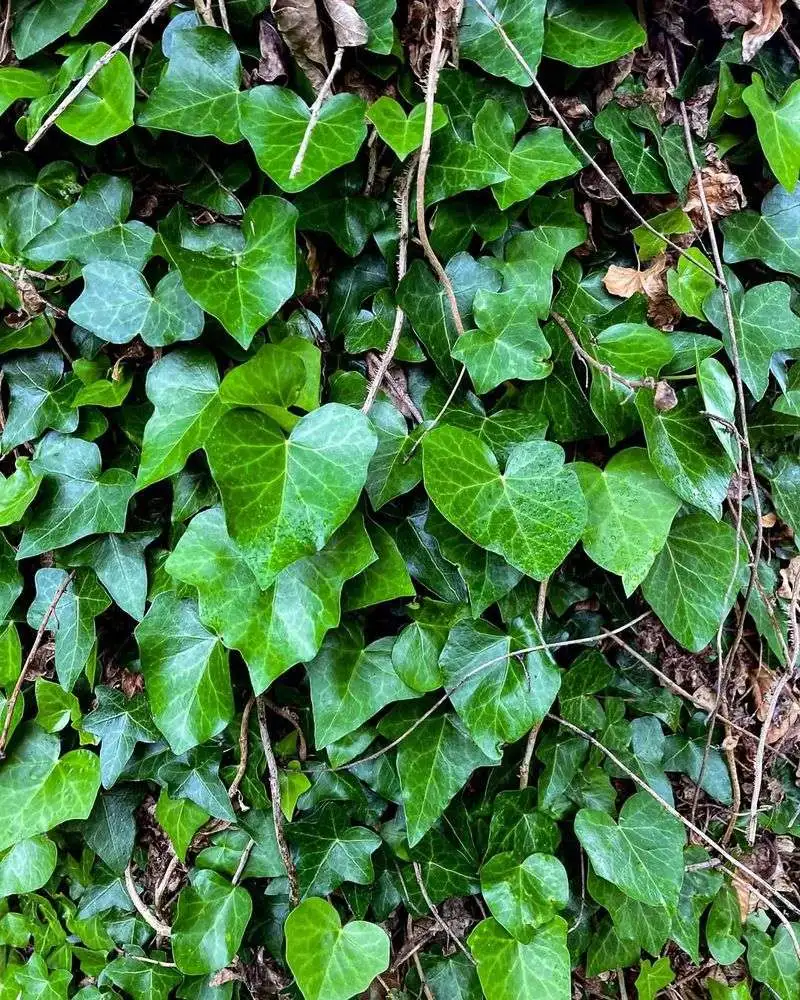
A quintessential symbol of classic architecture, English Ivy can transform a facade into a scene straight from a storybook. Yet, this attractive climber isn’t always the ideal garden guest. Known for its invasive tendencies, it can overtake trees and structures, causing damage over time. Its rapid growth demands constant management, turning an initial attraction into a relentless task. While it may seem charming at first glance, the persistent nature of English Ivy often leaves gardeners grappling with more than they bargained for. It’s a classic case of beauty with a hidden burden.
Morning Glory
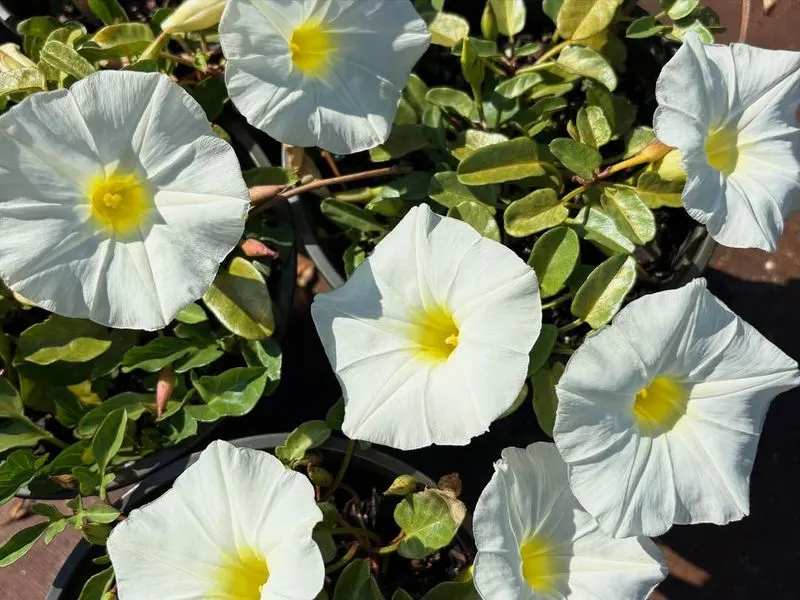
Morning Glory, with its dainty flowers that greet the sunrise, might seem like the perfect addition to any garden. However, its rapid growth can quickly spiral out of control. These vines have a tendency to smother other plants, stealing nutrients and sunlight. What begins as a charming addition can swiftly become an overwhelming presence, leading to a garden takeover. Managing Morning Glory requires diligence and commitment, as its seeds spread easily and persistently. It’s a classic example of aesthetic appeal overshadowed by an aggressive nature.
Wisteria
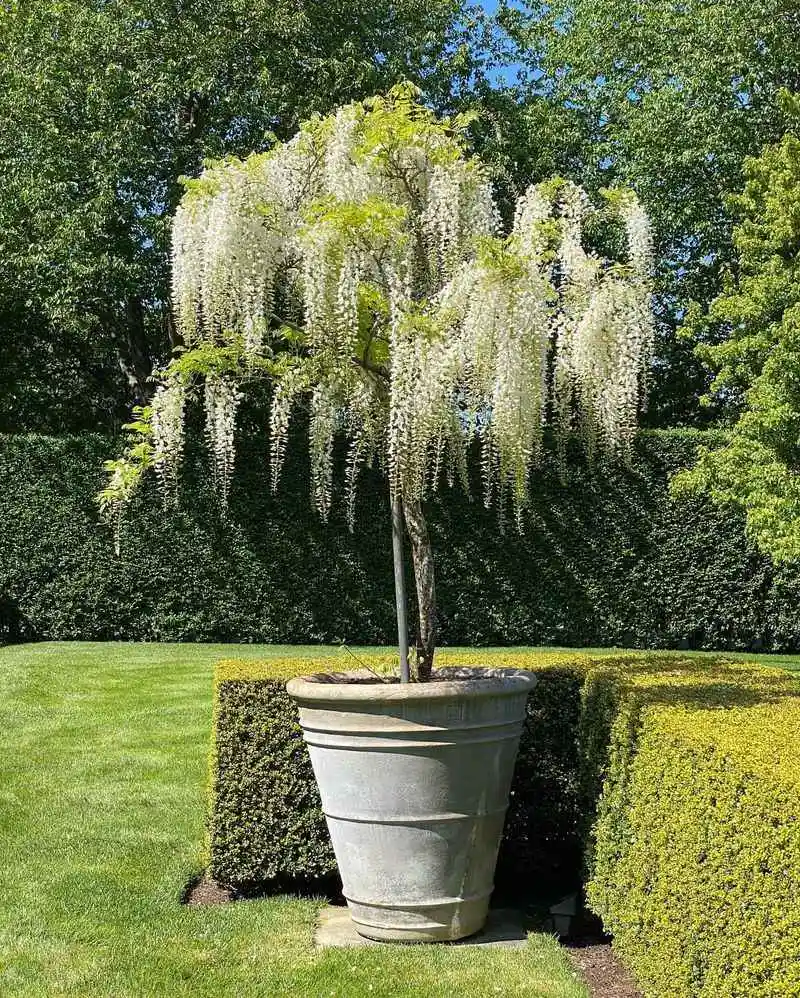
Wisteria’s cascading blooms can transform any garden into an enchanting retreat, but its beauty belies a challenging temperament. Known for its aggressive growth, this vine can quickly outpace expectations, overwhelming structures and nearby plants. Wisteria’s strength lies in its ability to climb and spread, demanding careful pruning and attention. For those enchanted by its floral display, the ongoing maintenance can become a taxing endeavor. This plant represents a classic trade-off between captivating beauty and relentless upkeep.
Bamboo

Bamboo captures the imagination with its serene, exotic feel, yet behind its tranquil exterior lies a tenacious invader. This plant’s rapid growth and expansive root system can quickly become an overwhelming force in any landscape. Once established, bamboo is notoriously difficult to control, with roots that can travel far and wide. Its invasive tendencies often overshadow its aesthetic appeal, leading to significant challenges for gardeners. The allure of a bamboo grove can quickly transform into a battle of containment and control.
Mint
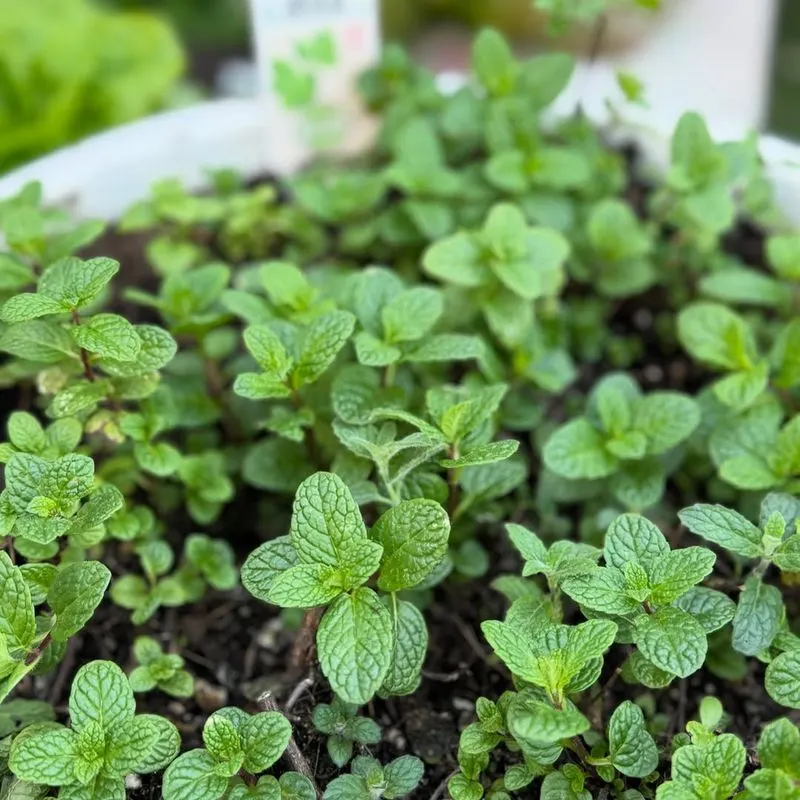
Mint is beloved for its refreshing scent and culinary uses, yet this herb isn’t as harmless as it seems. With a tendency to spread rapidly, mint can quickly commandeer garden space, leaving little room for other plants. Its invasive nature demands containment and careful planning, often requiring barriers to keep it in check. While its fragrance and utility make it a popular choice, the vigorous growth poses a unique challenge. What starts as a delightful addition can soon become a dominant force, demanding more attention than anticipated.
Japanese Knotweed
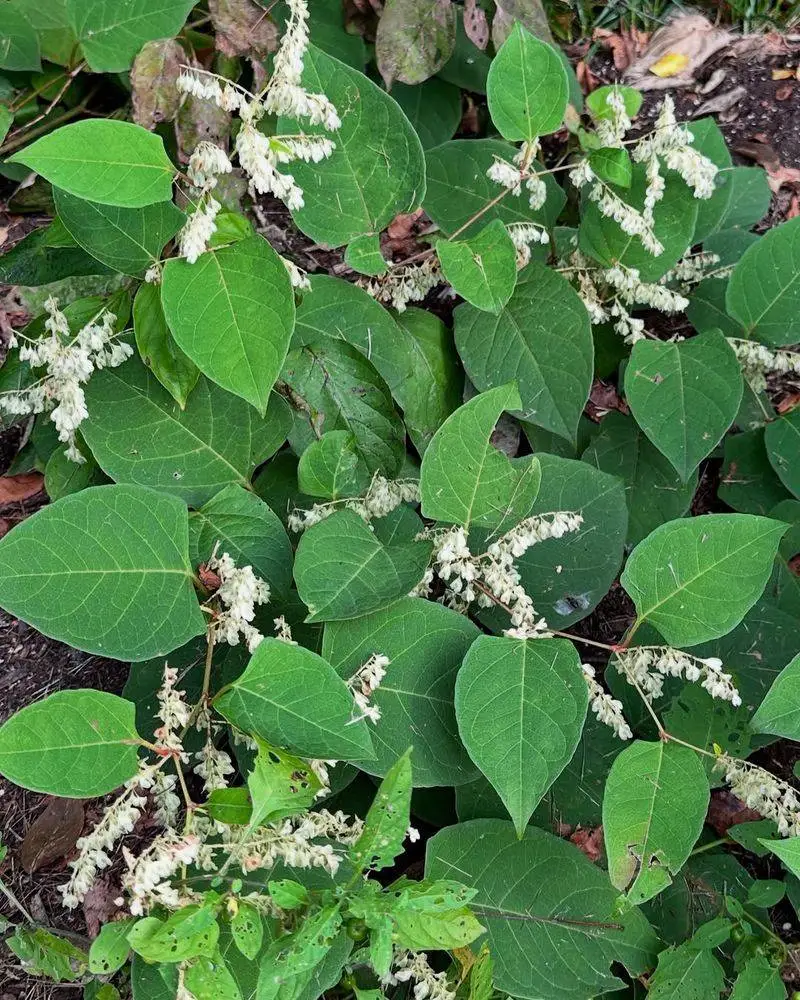
Japanese Knotweed might not win any beauty contests, but its ability to conquer landscapes is legendary. This plant’s invasiveness is so severe that it’s often regulated by law in many areas. Once it takes root, eradicating it can become a gardener’s nightmare. Its rhizomes spread aggressively, even through concrete, making containment a formidable task. The plant’s resilience is unmatched, turning it into a relentless adversary for those trying to maintain a tidy garden. This is one plant whose troublesome nature far outweighs any potential benefits.
Poison Ivy

“Leaves of three, let it be,” is the age-old adage warning against poison ivy’s deceptive appearance. This plant’s oils cause severe skin irritation, making it a perilous presence in any garden. Despite its unassuming look, poison ivy can turn a pleasant outdoor experience into an itchy ordeal. Identification and removal require vigilance, as it often masquerades among more benign plants. The risk is particularly high for those unfamiliar with its subtle appearance. It’s a plant that teaches respect through its painful consequences, demanding cautious interaction.
Ragweed

For allergy sufferers, ragweed is a notorious adversary, filling the air with pollen that triggers sneezing and discomfort. Its inconspicuous flowers belie the widespread irritation it causes during blooming season. Ragweed thrives in disturbed areas, often spreading quickly and becoming difficult to control. The plant’s prolific pollen production affects millions, leading to a seasonal struggle for allergy relief. Its presence is a reminder of nature’s ability to impact human health, turning gardens into battlegrounds for air quality.
Weeping Fig
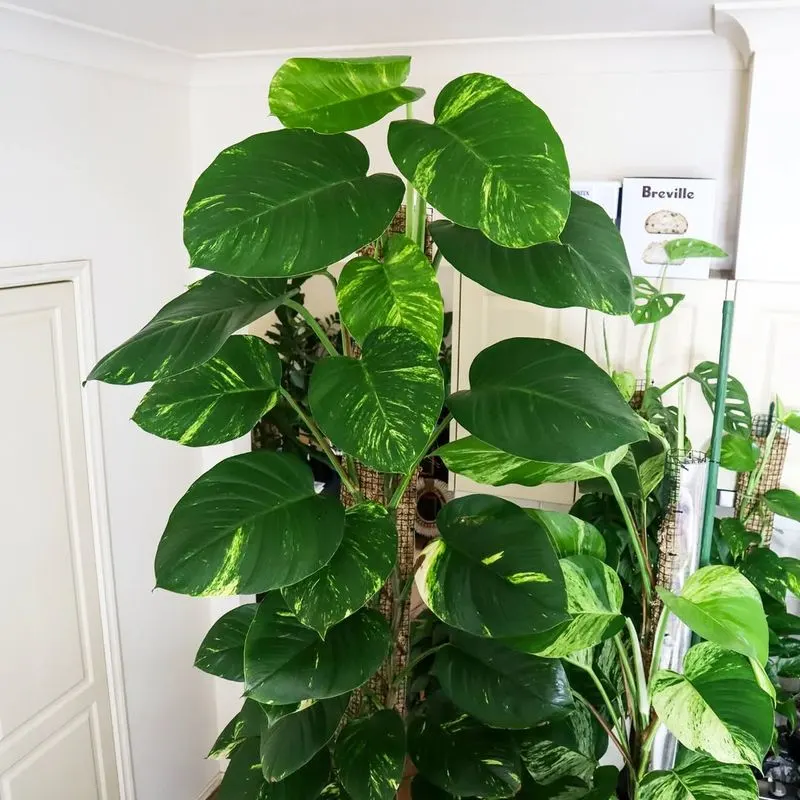
The weeping fig is often admired as an indoor plant for its graceful, arching branches and lush foliage. However, this fig is notorious for its sensitivity to environmental changes. A mere shift in light or temperature can lead to dramatic leaf drop, making it a finicky addition to any space. Despite its elegant appearance, maintaining the weeping fig requires patience and precise care. Its demanding nature often leaves owners scrambling to adjust conditions, turning a seemingly easy choice into a delicate balancing act. This fig is a lesson in meticulous plant care.
Ficus Tree
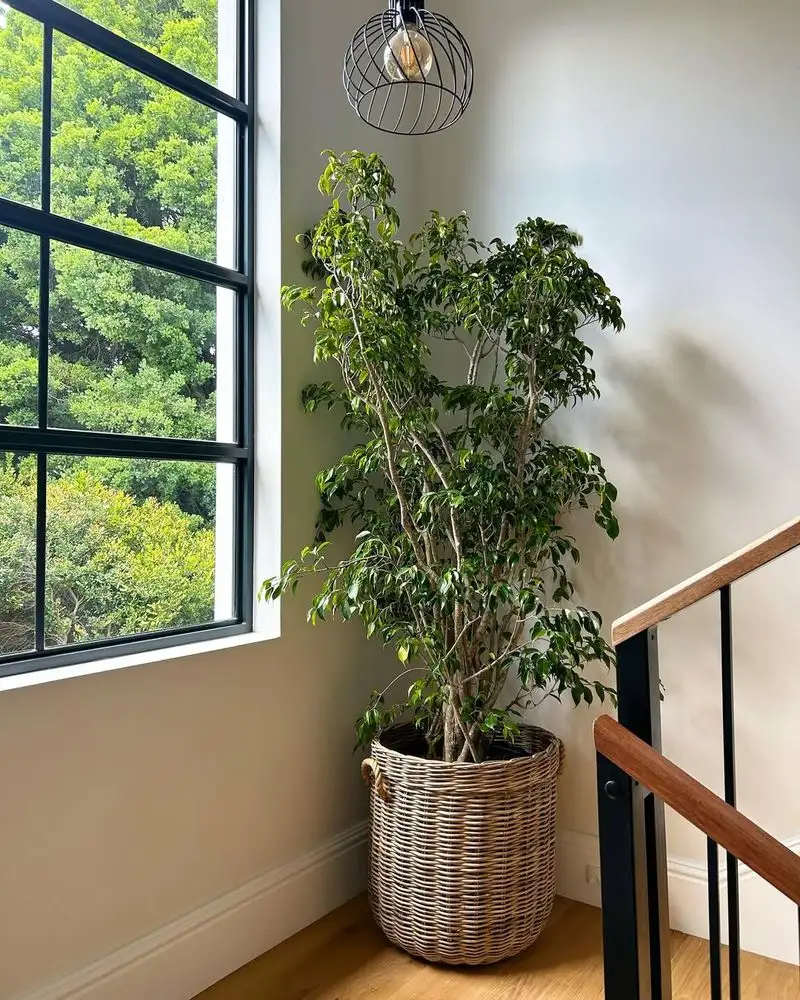
At first glance, the ficus tree seems like an ideal choice for both indoor and outdoor settings, with its lush, glossy leaves and robust stature. However, beneath this appealing exterior lies a complex root system that can wreak havoc on plumbing and foundations. Its propensity to grow rapidly and aggressively makes it a formidable presence in any garden or home. The ficus tree demands careful placement and regular maintenance to avoid costly damage, reminding gardeners of the importance of foresight in plant selection.
Water Hyacinth

Water hyacinth captivates with its vibrant blooms and floating green leaves, yet this aquatic plant harbors a dark side. Known for its explosive growth, it can quickly blanket water bodies, disrupting ecosystems and blocking sunlight. Water hyacinth’s rapid proliferation has made it one of the world’s worst aquatic weeds, often leading to drastic measures for control. Its presence signifies a delicate balance between beauty and ecological impact, challenging water gardeners to keep this invasive species in check while enjoying its floral charm.
Mimosa Tree
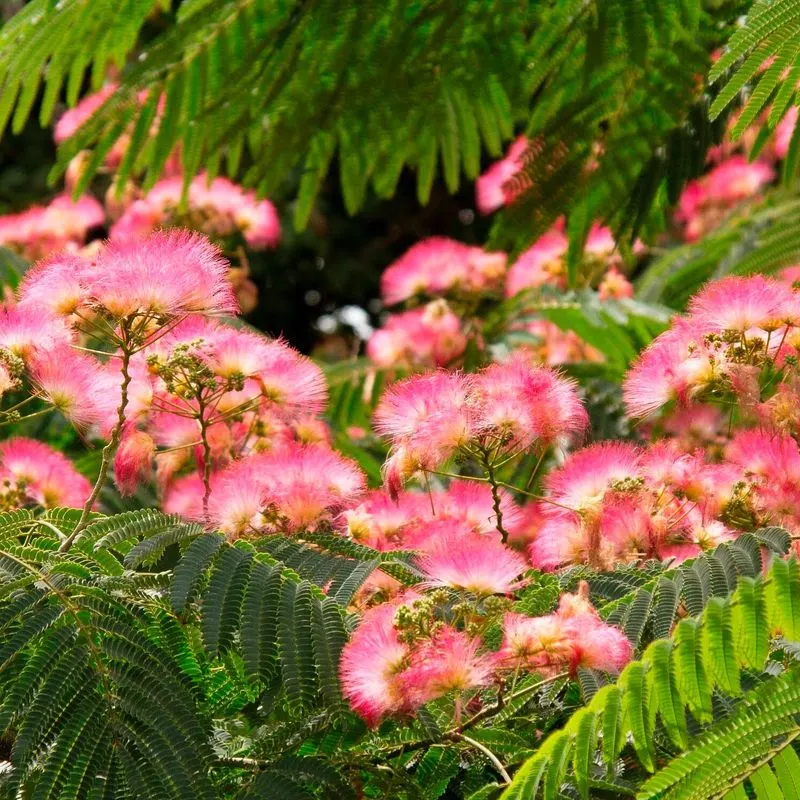
The mimosa tree enchants with its feathery leaves and delicate pink blooms that dance in the breeze. However, its fast-growing nature and prolific seed production can quickly turn it into a nuisance. This tree often spreads beyond intended areas, crowding out native species and altering local ecosystems. While its beauty is undeniable, the mimosa requires vigilant management to prevent it from becoming an invasive issue. Gardeners who choose this tree must be prepared for ongoing maintenance to keep its spread in check while enjoying its aesthetic appeal.
Wild Garlic
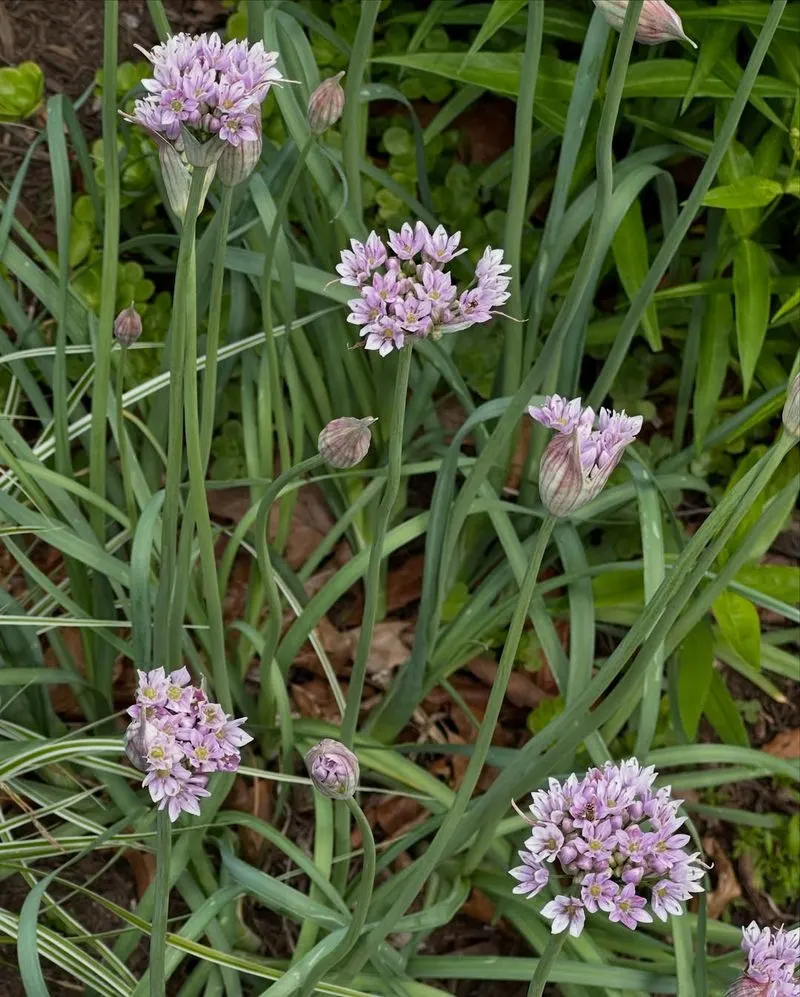
Wild garlic may sound like a gardener’s dream with its culinary promise, but its rampant growth tells a different story. Once established, this plant’s bulbs multiply quickly, making it challenging to eradicate. Its strong aroma and flavor might delight in the kitchen, but in the garden, it often becomes an unwelcome guest. Wild garlic’s tenacity requires persistent effort to control, transforming a potential asset into a relentless task. Those who plant it should be ready for a long-term commitment, balancing its culinary benefits against its gardening challenges.
Privet
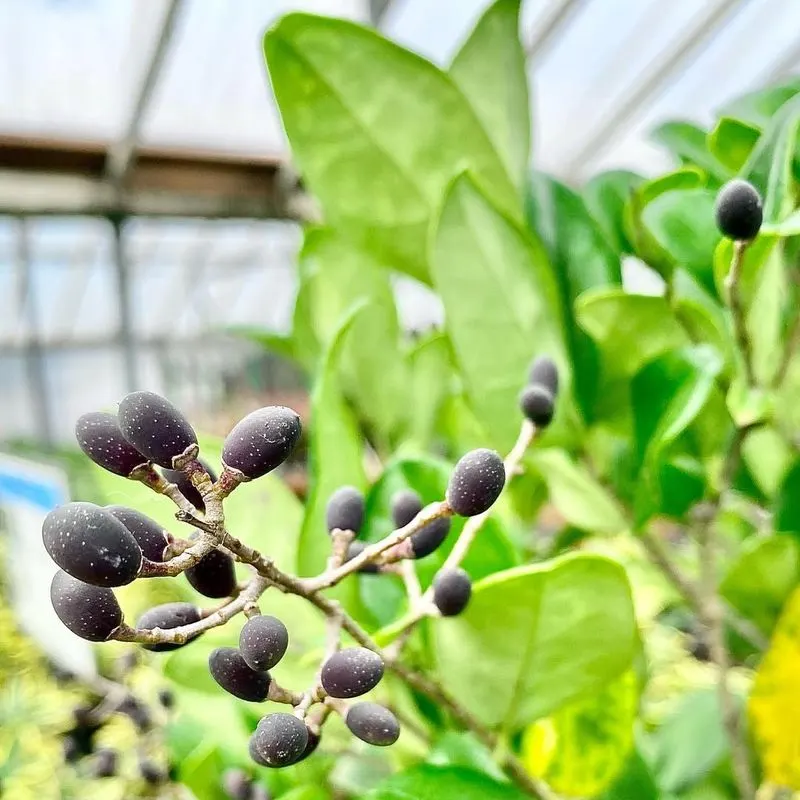
Privet hedges are often chosen for their clean lines and glossy foliage, creating a sense of order in landscapes. However, their ability to spread and establish quickly can become a gardener’s dilemma. Pruning is essential to keep privet in check, as its rapid growth can overshadow other plants and escape intended boundaries. This hedge plant requires vigilance to maintain its structured appearance without taking over. While it offers a sense of elegance, the effort to manage its growth can be demanding, requiring more attention than initially expected.
Creeping Charlie
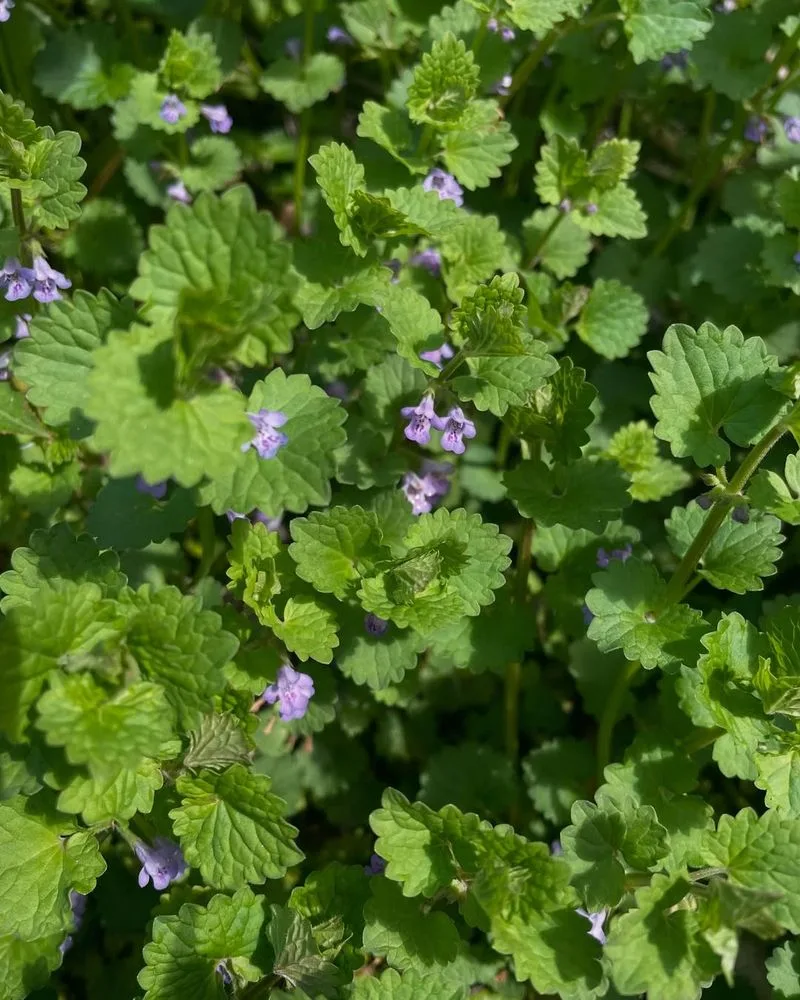
Often seen as a ground cover savior, Creeping Charlie’s charm can quickly become a gardener’s headache. This plant spreads with vigor, creating dense mats that smother other vegetation. Once it takes hold, removing it becomes a persistent challenge, often requiring dedicated effort. While its small purple flowers may seem appealing, Creeping Charlie’s aggressive spread demands constant vigilance. Gardeners must be prepared for a continual battle against its encroaching nature, balancing its ground cover benefits with the work required to contain it.
Lavender
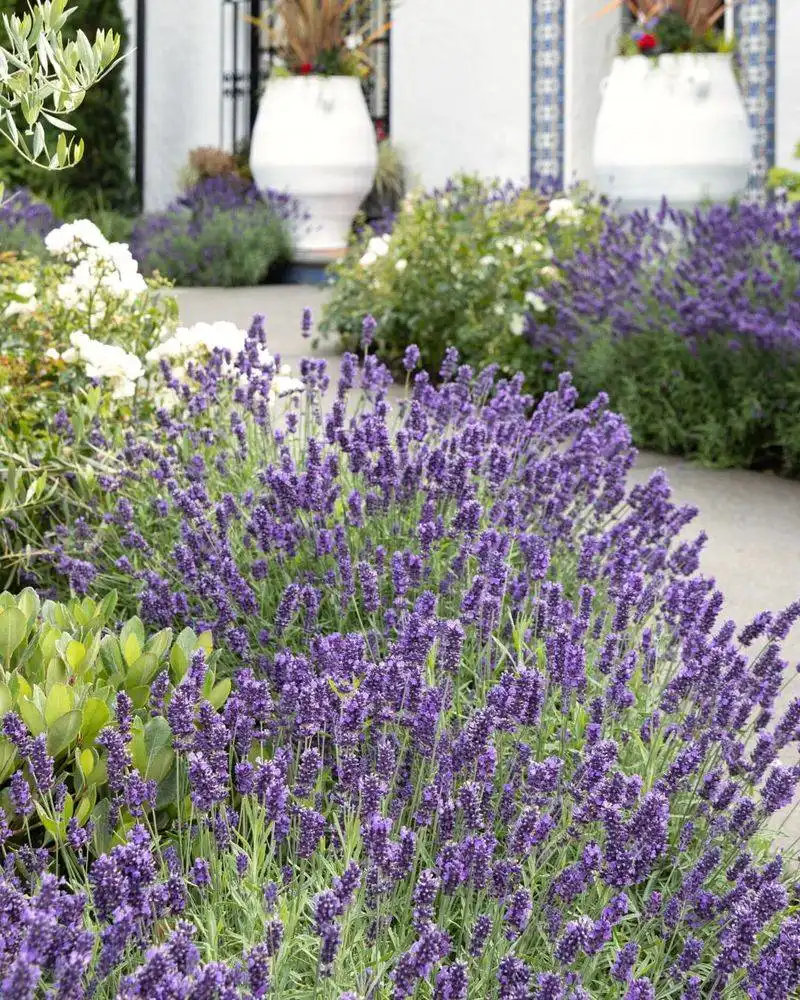
In the realm of soothing scents, lavender reigns supreme, offering not only beauty but also a defense against unwanted guests. Known for its ability to repel mosquitoes and moths, lavender is more than just a fragrant plant. Its presence in the garden brings a sense of calm, creating a peaceful haven that deters pests naturally. Beyond its aromatic allure, lavender offers practical benefits, making it a wise addition for those looking to maintain a tranquil, pest-free environment. This plant embodies the perfect blend of beauty and functionality.
Marigold

Marigolds, with their cheerful blooms, serve a dual purpose in any garden. Beyond their vibrant appearance, they play a crucial role in pest control, repelling nematodes and other insects. These flowers act as natural barriers, protecting more delicate plants from potential harm. Marigolds’ resilience and ability to thrive in various conditions make them a favorite among gardeners seeking both beauty and function. Incorporating marigolds into landscaping plans ensures a dynamic display while offering a protective edge against garden pests.
Basil
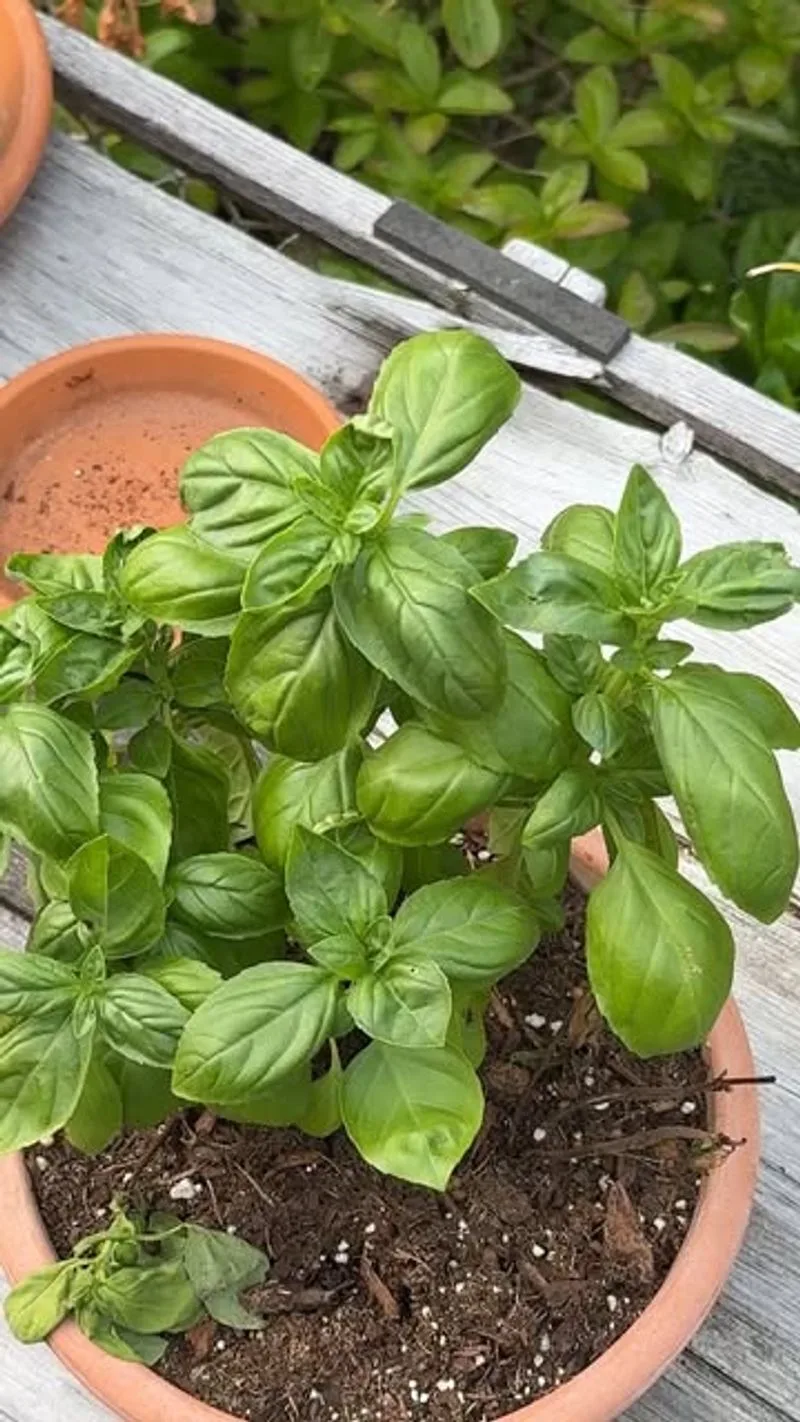
Basil, a culinary staple, brings more to the table than just flavor. This aromatic herb is known for its ability to deter flies and mosquitoes, making it a practical addition to outdoor dining areas. Its bold scent repels unwanted pests, allowing gardeners to enjoy their spaces without the buzz of insects. Basil’s dual role as both a tasty ingredient and a natural pest deterrent enhances its value in any garden setting. Those looking to combine utility and pleasure will find basil to be a delightful and functional choice.
Rosemary
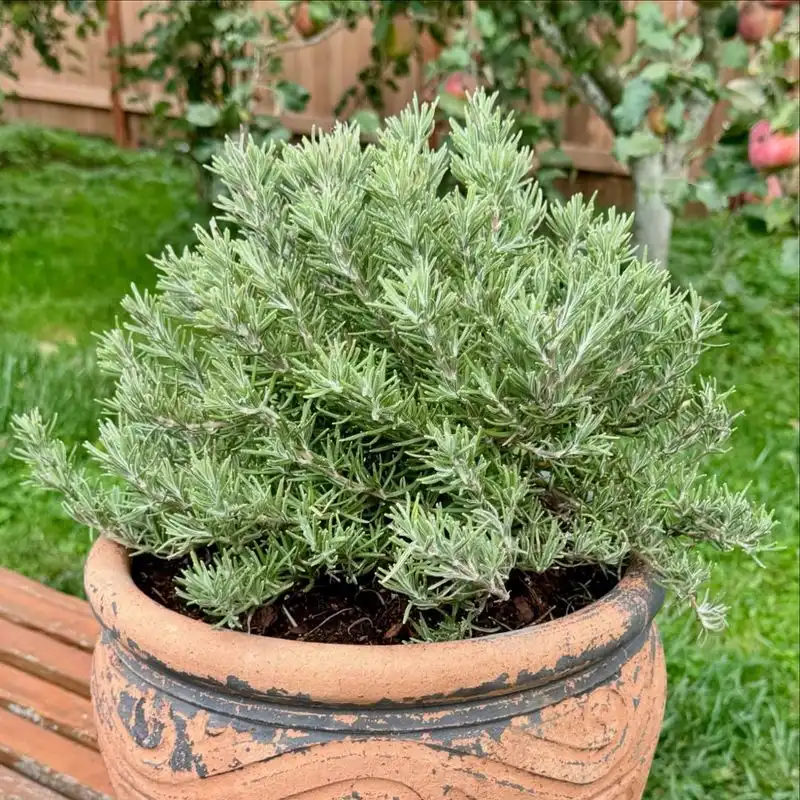
Rosemary offers more than just culinary delight; it’s a robust protector against garden pests. Often used in cooking, this herb’s strong scent is a natural deterrent to insects, keeping gardens safe from unwanted visitors. Its woody stems and fragrant leaves make it an attractive addition to outdoor spaces, blending beauty with functionality. For those interested in combining protection with aesthetics, rosemary provides an excellent option. This plant’s ability to safeguard while enhancing garden appeal makes it a valued choice for many.

